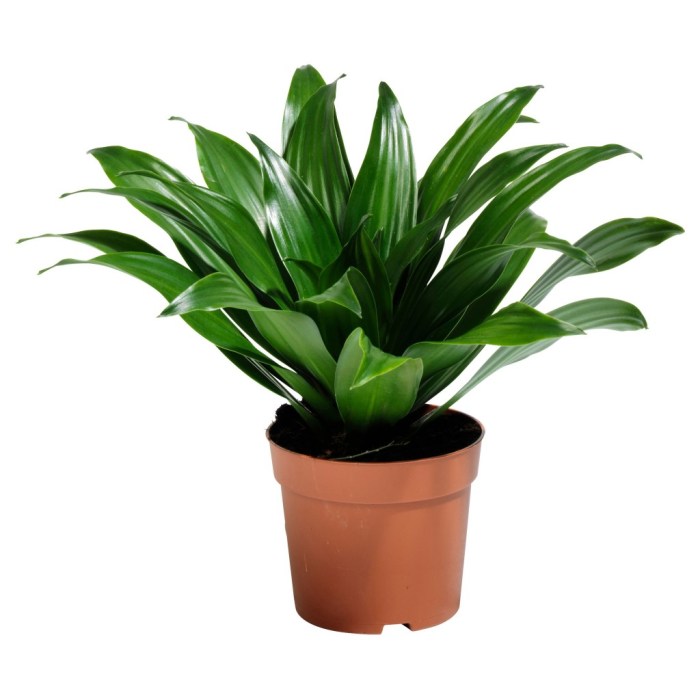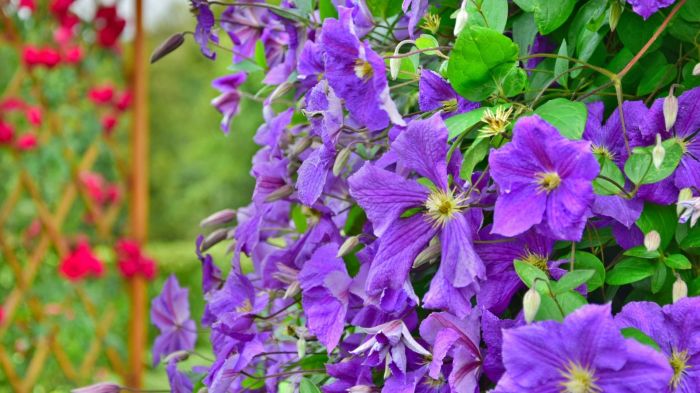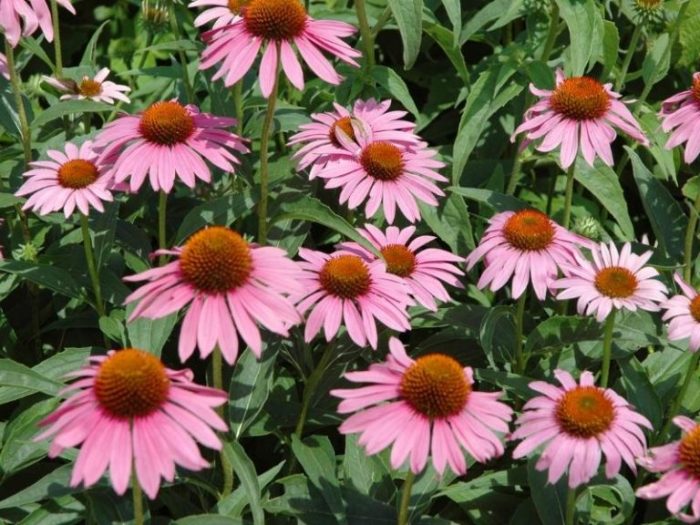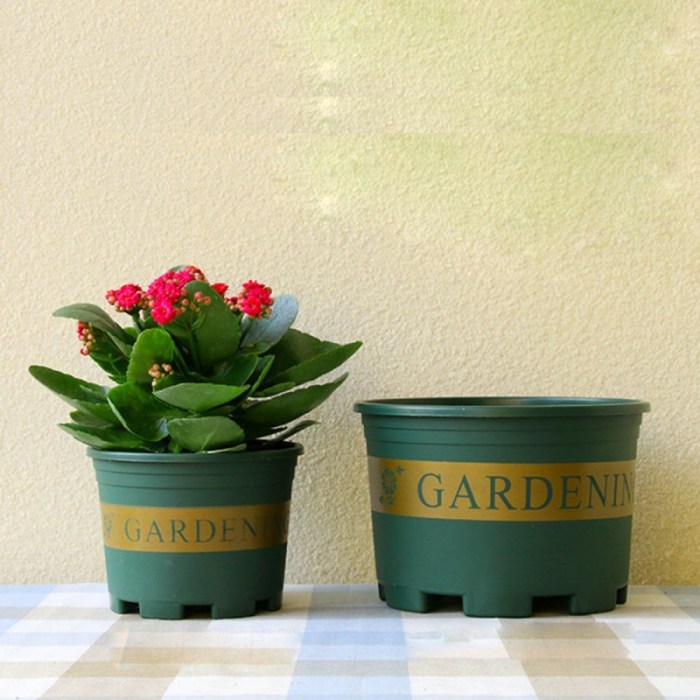Planting and Care: 1 Gallon Plant Pot

1 gallon plant pot – Okay, so you’ve got your super cute 1-gallon pot – let’s get that plant thriving, Jakarta style! Planting and caring for your little green friend in this size pot is pretty straightforward, but a few tips can make all the difference. Think of it as giving your plant a mini-mansion in its early years.
Planting a Seedling or Small Plant, 1 gallon plant pot
Planting a seedling or small plant in a 1-gallon pot is all about gentle handling and providing the right environment. First, ensure your pot has drainage holes – crucial to avoid root rot, a total buzzkill for your plant’s vibe. Then, fill the pot about halfway with well-draining potting mix. Gently remove the seedling from its original container, being careful not to damage the roots.
Place it in the center of the pot, ensuring the top of the root ball is level with the soil surface. Fill the remaining space with potting mix, gently firming it around the base of the plant. Water thoroughly after planting to settle the soil.
Yo, that one-gallon plant pot? Perfect for a snake plant, but don’t just chuck in any old dirt, you need the right stuff, you know? Check out this link for the best potting soil for snake plant – otherwise, your snake plant gonna be lookin’ sadder than a wet noodle in a monsoon! Get the right soil and that one-gallon pot will be lookin’ like a VIP lounge for your plant.
Watering Frequency and Techniques
Watering frequency depends on several factors: the type of plant, the pot material (terracotta pots dry out faster than plastic ones), the ambient temperature, and the season. Overwatering is a common mistake, leading to root rot. Underwatering, on the other hand, can cause wilting and stress. A good rule of thumb is to water when the top inch or two of soil feels dry to the touch.
For terracotta pots, you might need to water more frequently. For plastic pots, you can slightly reduce the frequency. Always check the soil moisture before watering – don’t just stick to a schedule. Water deeply until water drains from the drainage holes, ensuring the roots get a good soak. Avoid letting the pot sit in standing water, as this can lead to root rot.
Three-Month Plant Care Schedule (Example: Spider Plant)
Let’s create a sample care schedule for a common houseplant like a spider plant in a 1-gallon pot over three months. Remember, this is just a guideline; adjust based on your plant’s specific needs and the environment.
| Month | Watering | Fertilizing | Other Notes |
|---|---|---|---|
| Month 1 | Water when the top inch of soil is dry, approximately 2-3 times per week. | No fertilizer needed. Let the plant establish itself. | Monitor for pests and diseases. |
| Month 2 | Maintain similar watering frequency, adjusting based on environmental conditions. | Begin light fertilizing every 2-3 weeks with a balanced liquid fertilizer, diluted to half strength. | Check for signs of root-boundness (roots circling the pot). Repot if necessary into a larger container. |
| Month 3 | Continue monitoring soil moisture and adjust watering accordingly. | Continue fertilizing every 2-3 weeks with a balanced liquid fertilizer, diluted to half strength. | Consider propagating plantlets (baby spider plants) from the mother plant. |
Repotting and Upsizing

Okay, so your plant’s thriving in its 1-gallon pot, which isamazing*. But even the coolest kids need a bigger room to grow, right? Knowing when and how to repot is key to keeping your green friend happy and healthy in the long run. Think of it as a stylish upgrade for your plant’s digs – from a cozy studio apartment to a luxurious penthouse!Your little plant will give you some pretty clear signs when it needs more space.
Basically, it’s telling you, “Hey, I’m outta room here!”. We’re talking about more than just aesthetics; we’re talking about the plant’s health and overall growth potential.
Signs a Plant Needs Repotting
Root-bound plants often exhibit stunted growth, despite regular watering and fertilization. You might notice roots circling the bottom of the pot, poking out of the drainage holes, or even appearing on the soil surface. The soil might also dry out incredibly quickly, demanding frequent watering. Imagine trying to squeeze into jeans two sizes too small – not comfy, right?
Your plant feels the same! Another sign is if your plant looks a little…sad, even with proper care. It might be yellowing or dropping leaves, even though it’s getting enough sunlight and water. That’s a pretty big red flag that it needs a bigger home.
Repotting Process
Repotting a plant is a pretty straightforward process, but a gentle touch is essential. First, choose a pot that’s only slightly larger than the original – maybe 2-3 gallons, depending on the plant’s size and growth habit. Something too big can lead to overwatering issues. Then, gently loosen the root ball of your plant. You can use a small trowel or your fingers to carefully loosen the roots around the edges of the 1-gallon pot.
Try to avoid damaging the roots as much as possible. Next, carefully remove the plant from the old pot. If it’s really stuck, you might need to gently tap the sides of the pot to loosen it. Once it’s free, gently tease apart any circling roots, if any. This encourages better root growth in the new pot.
Place a layer of fresh potting mix in the bottom of the new pot, then carefully set the plant in, making sure the top of the root ball is level with the rim of the pot. Fill in the gaps with more potting mix, gently firming it around the base of the plant. Water thoroughly after repotting.
Minimizing Transplant Shock
Moving house is stressful, even for plants! To minimize transplant shock, try to repot your plant during a less stressful time, like spring or early summer. These are typically periods of active growth. Make sure the new pot has good drainage to prevent root rot. Avoid overwatering immediately after repotting; allow the soil to dry slightly between waterings.
You can also use a gentle rooting hormone or a seaweed extract solution to help the plant establish itself more quickly in its new home. Think of it as a welcome drink for your plant in its new place. Another tip is to keep your plant out of direct sunlight for a few days after repotting to help it adjust.
Too much intense sunlight can stress the plant further. It’s like giving your plant a few days to settle into its new pad before throwing a big party.
User Queries
What size plants are best suited for a 1-gallon pot?
Seedlings, small herbs, and young flowering plants generally thrive in 1-gallon pots. Avoid plants with extensive root systems that will quickly outgrow the pot.
How often should I water a plant in a 1-gallon pot?
Watering frequency depends on the plant, pot material, and environmental conditions. Check the soil moisture regularly; water when the top inch feels dry. Clay pots dry out faster than plastic.
What type of soil is best for 1-gallon pots?
Use a well-draining potting mix suitable for the specific plant. Avoid using garden soil directly, as it can compact and hinder drainage.
How do I know when to repot a plant from a 1-gallon pot?
Signs include roots circling the bottom of the pot, slowed growth, and the plant becoming root-bound. Repot when you see these signs to prevent stunted growth.



